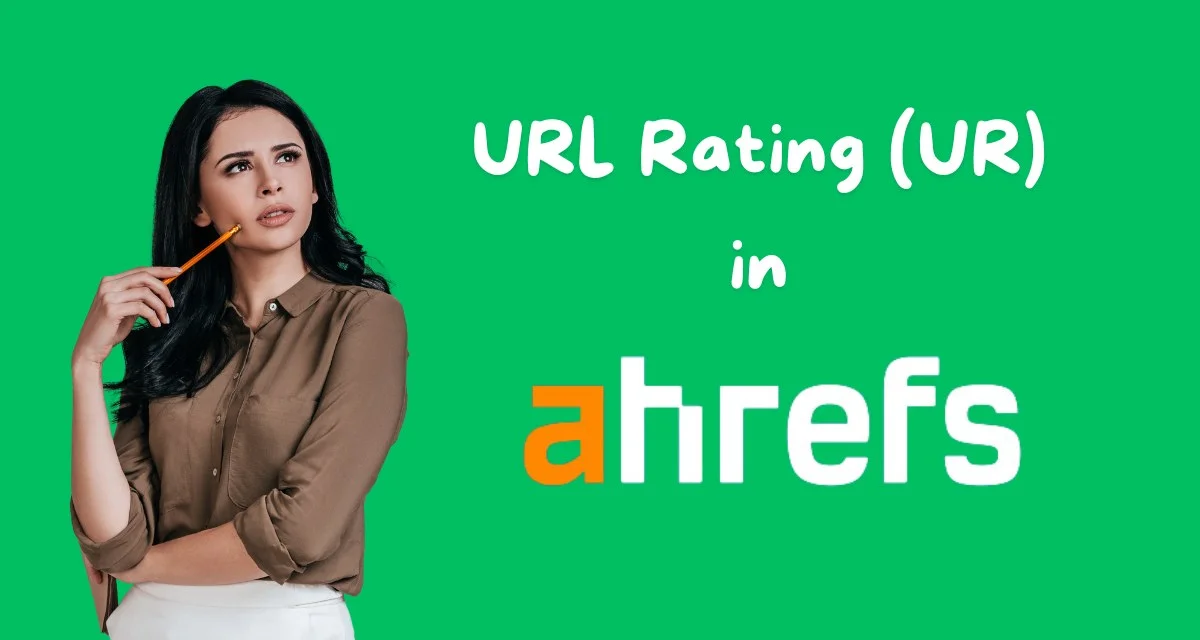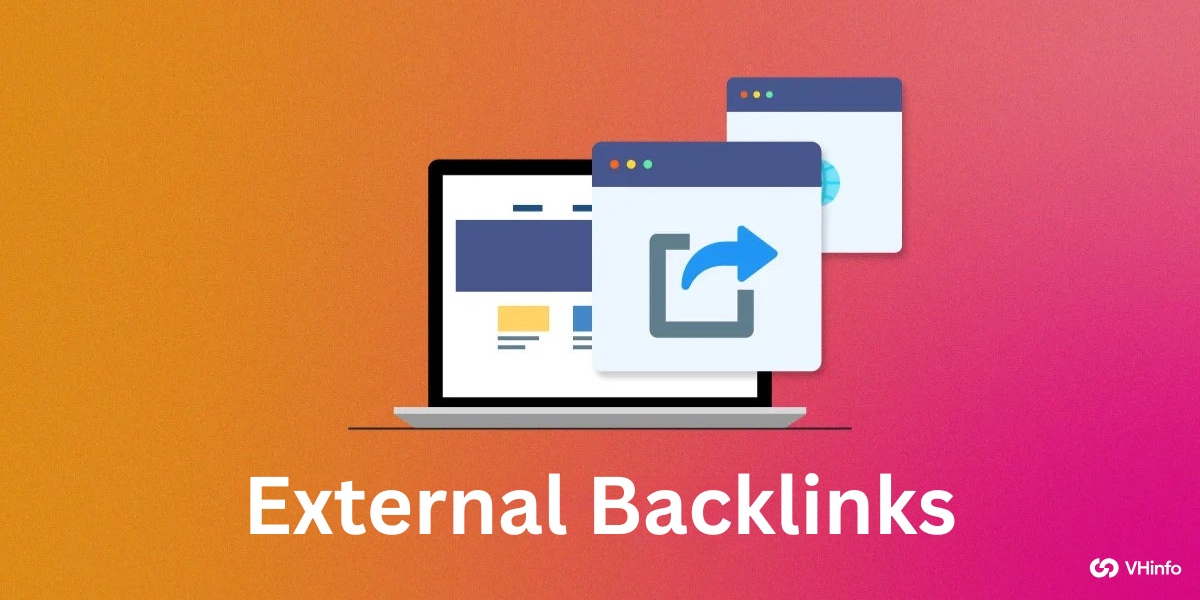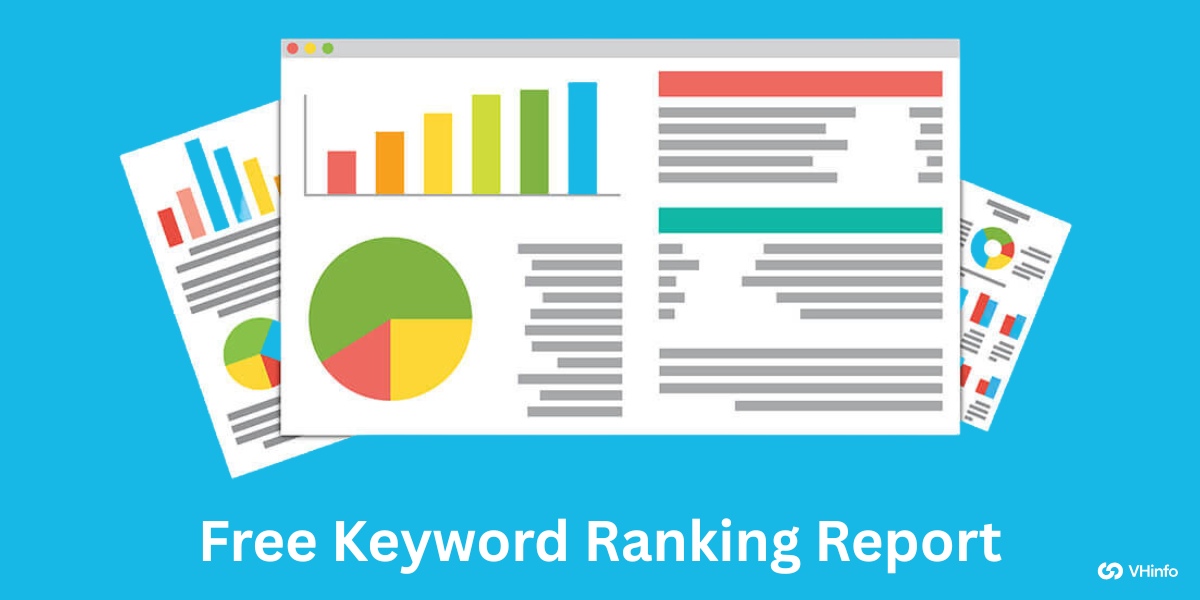In the world of Search Engine Optimization (SEO), we use special numbers called metrics to check how well a website is doing. One of the most important numbers for SEO professionals is the URL Rating, or UR. Think of it as a score for a single page on your website.
A higher score can mean a better chance of appearing high up in search results.
This guide will break down the UR scale in Ahrefs in very simple terms. We will look at what this metric means, how it is calculated, and how you can improve it. Improving your URL Rating is a key part of any successful SEO strategy, as it directly relates to the strength of a page’s backlink profile and can lead to more organic traffic. Following these steps will help boost your search engine visibility.
What is URL Rating (UR) in Ahrefs?
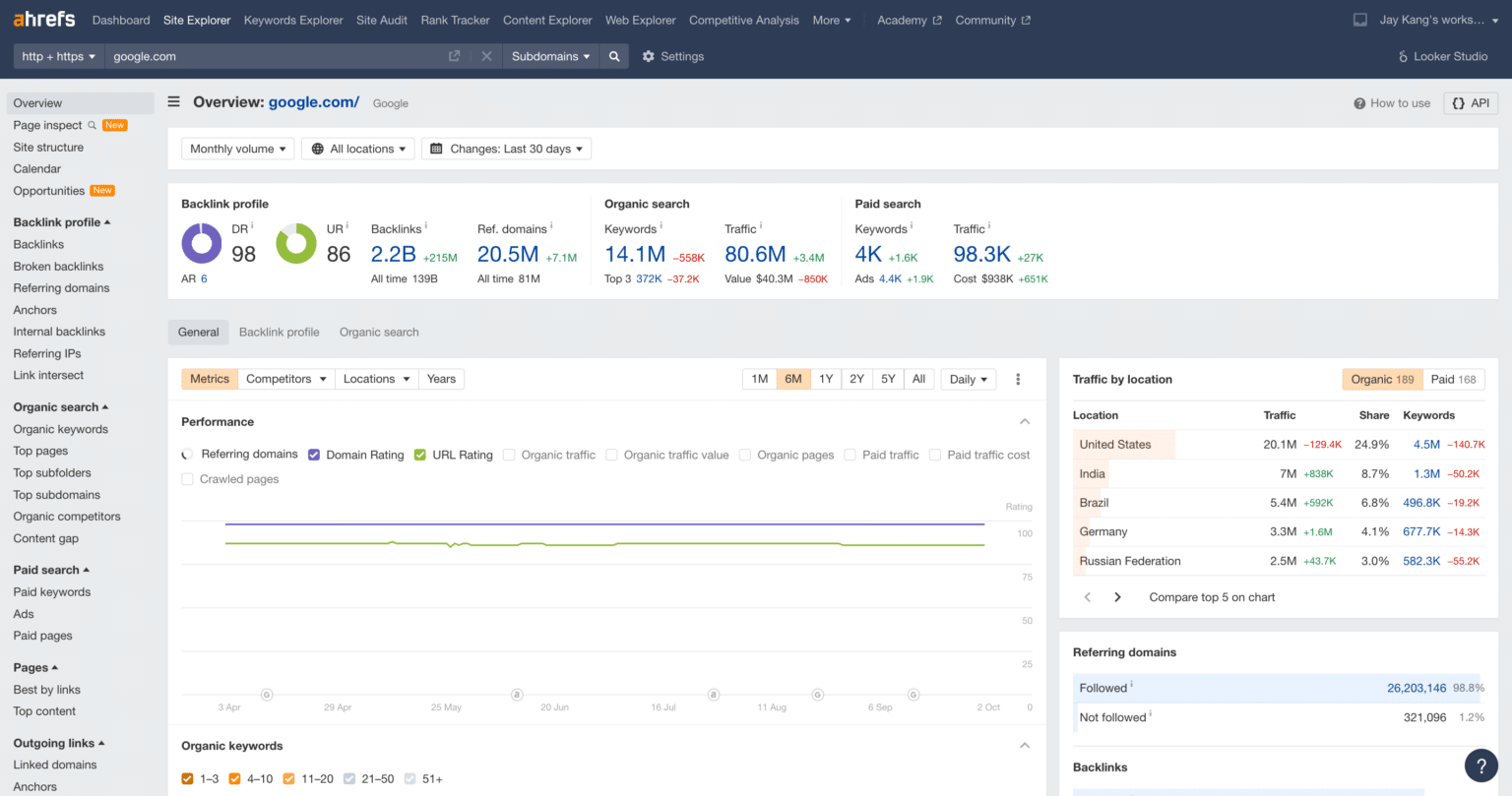
At VH Info, we help SaaS companies improve their SEO performance, and a big part of that is focusing on the right SEO metrics. URL Rating is one of the most useful. It’s a metric created by the SEO tool Ahrefs to score the strength of a specific page.
The Core Definition: A Page-Level Authority Metric
URL Rating (UR) is a score from 0 to 100 that shows the strength of a specific page based on its backlink profile.
A backlink profile is simply the collection of all the links pointing to that page from other websites. The more strong and trustworthy links a page has, the higher ur it will get. It is a direct measure of a page’s authority and its ability to rank in search engines.
Why UR Focuses on Individual Pages, Not the Whole Domain?
Search engines like Google do not rank websites as a whole. Instead, they rank individual web pages for different search queries.
For example, your blog post about “SaaS Sales Funnels” will rank, not your entire website. Because of this, it is vital to know the strength of each specific page. While the overall strength of a website is important, the power of individual pages often determines your success in the organic search results. Focusing on the UR of a specific page allows you to fine-tune your SEO efforts for better results.
Understanding the Ahrefs UR Scale (0-100)
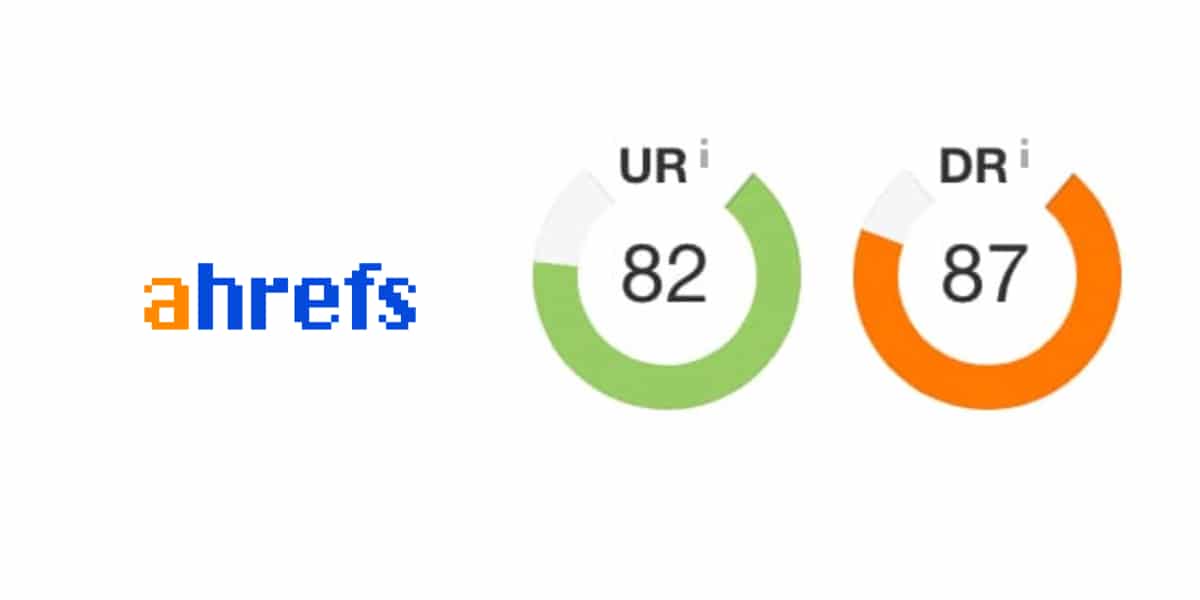
The UR scale in Ahrefs runs from 0 to 100. A score of 0 means a page has few or no links pointing to it, while a score closer to 100 means it has a very strong page’s backlink profile. However, the scale is not as simple as it looks. It works on a logarithmic scale.
What the Logarithmic Scale Means in Practice?
The logarithmic scale means that as you go up the scale, it gets much harder to improve your score. Think of it like a video game. Going from Level 10 to Level 20 is pretty easy.
But going from Level 70 to Level 80 is extremely difficult and takes a lot more work and powerful items. The URL Rating scale works the same way. The difference in link strength between a UR of 70 and 80 is much, much bigger than between 10 and 20.
Interpreting Different UR Ranges (Low, Medium, and High)
- Low UR (0-30): This is common for new pages or pages on smaller websites. These pages have a weak link profile and will find it hard to rank for competitive keywords.
- Medium UR (31-60): These pages have a decent backlink profile with some good links. They can rank for moderately competitive keywords and are seen as having some authority.
- High UR (61-100): Pages in this range are powerhouses. They are often on major websites and have many high-quality external links. They have a very strong link profile and can rank for highly competitive terms, driving significant search traffic.
Is It Harder to Go From UR 70 to 80 Than From 10 to 20?
Yes, absolutely. Because of the logarithmic scale, jumping from UR 70 to 80 requires a massive number of new, high-quality backlinks.
You need links from very authoritative sources to make that jump. In contrast, going from UR 10 to 20 can often be achieved with just a few decent links. This is a key concept to remember when setting goals for your link-building campaigns.
A higher ur in the top tiers signals immense page authority.
How Ahrefs Calculates URL Rating?
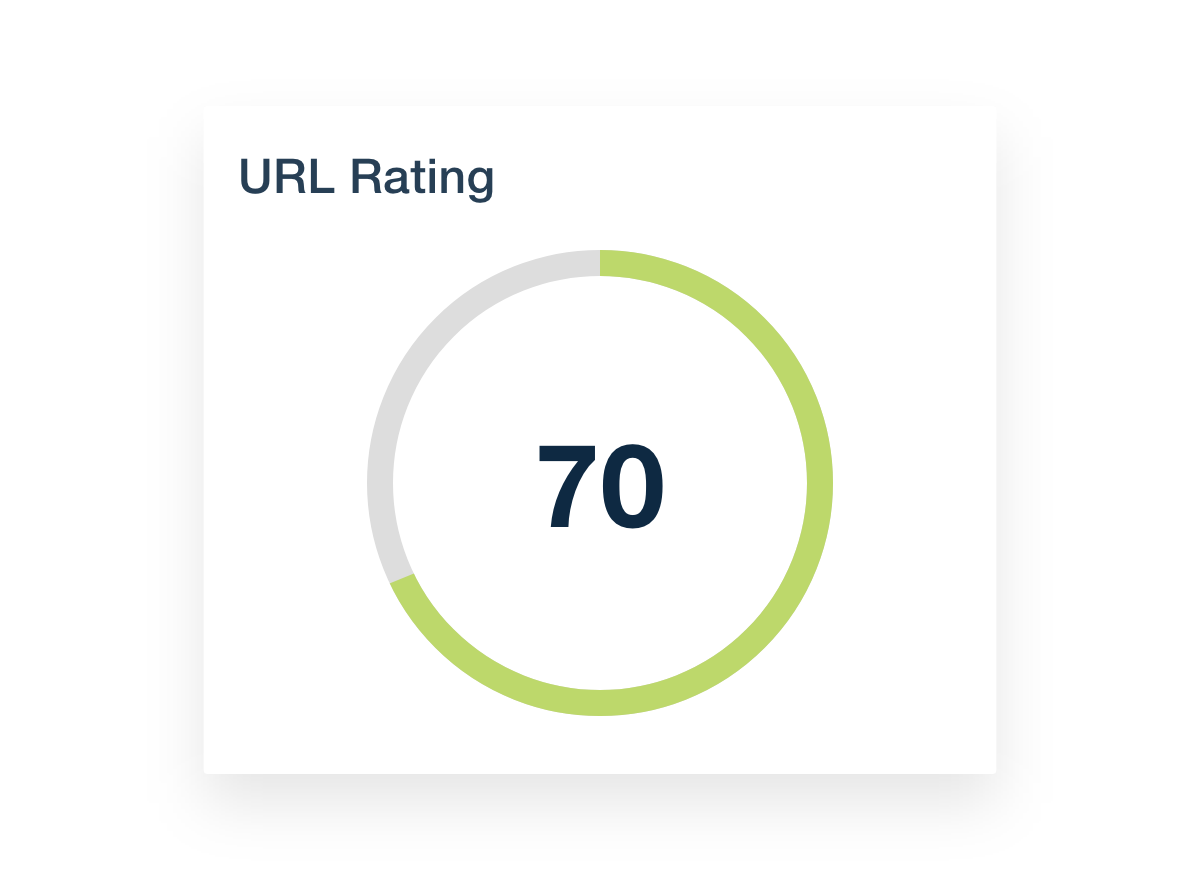
Ahrefs calculates UR in a way that is similar to how Google’s PageRank algorithm works. It looks at the links pointing to a page to figure out its strength, or link equity.
The Important Role of Backlinks (Quantity and Quality)
The calculation for the ur score depends heavily on backlinks. However, it’s not just about the number of links.
The quality of backlinks is far more important. One link from a very high-UR page (like a major news site) is worth more than hundreds of links from low-UR pages. Ahrefs looks at the entire website’s backlink profile to pass value.
Getting a link from a page with a strong page’s backlink profile will give your page a bigger UR boost.
The Impact of Internal and External Links
Both types of links affect your URL Rating:
- External Links: These are links from other websites. They are the most powerful factor in building a higher UR. They act as votes of confidence from other sites.
- Internal Links: These are links from other pages on your own website. You can use internal linking to pass link equity from your strong pages (like your homepage with a high UR) to other pages you want to boost. An effective internal linking strategy can spread strength across your entire domain.
How the ‘Nofollow’ Attribute Affects UR Calculation?
Sometimes, a link has a “nofollow” tag on it. This tag tells search engines not to pass any authority or link equity through that link. Ahrefs follows this rule. While “dofollow” links (the standard type) pass strength and increase UR, “nofollow” inbound links generally do not.
This is an important detail for SEO professionals to consider during link building activities.
UR Vs. DR (Domain Rating): What’s the Key Difference?
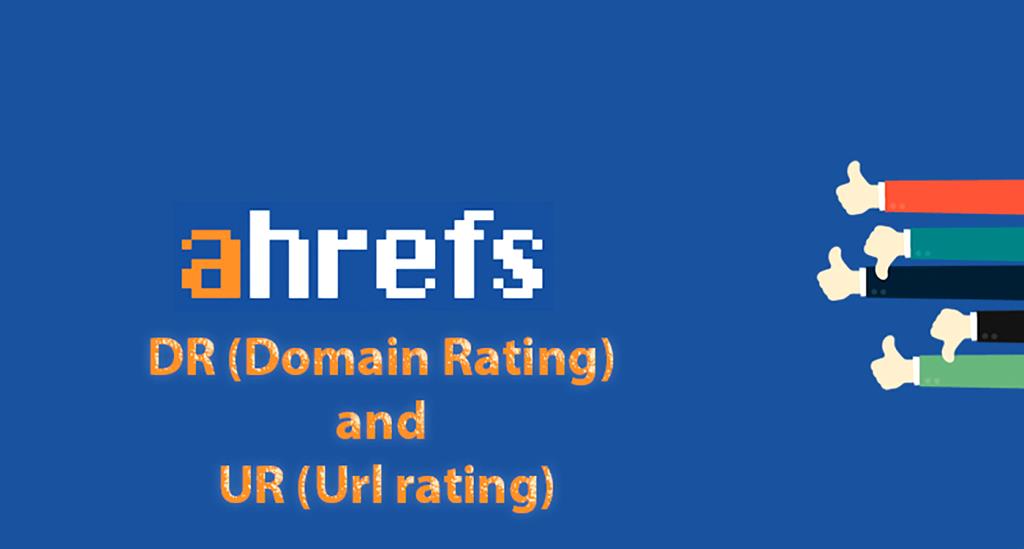
People often mix up URL Rating (UR) and Domain Rating (DR). Both are key SEO metrics from Ahrefs, but they measure different things.
URL Rating (UR) Vs. Domain Authority (DR)
The main difference is the scope:
- URL Rating (UR): Measures the strength of a single, specific page.
- Domain Rating (DR): Measures the overall strength of a website based on its complete website’s backlink profile.
Think of it this way: Domain Rating is the reputation of an entire university, while URL Rating is the reputation of a single star professor at that university. A strong university (high DR) is likely to have strong professors (high UR), but you can also have a star professor working at a lesser-known university.
When to Focus on UR and When to Focus on DR?
You should look at both, but for different reasons.
- Focus on DR when you want to assess the overall strength and authority of a potential link building partner. A higher DR generally means the site is more trustworthy.
- Focus on UR when you want to improve the ranking of a specific blog post or product page. Increasing the UR of that page will directly impact its potential to show up in organic search. It’s also a great metric for finding strong pages to get links from.
What Is A Good URL Rating Score?
There is no single “good” URL Rating score. A good ur score is all about context and competition.
It’s All Relative: Comparing UR to Your Competitors
A good UR is higher than your direct competitors in the search results.
If you want to rank for a keyword, use Ahrefs’ Site Explorer to check the UR of the top-ranking web pages. If they all have a UR between 25 and 35, your goal should be to get your page’s UR to 35 or higher.
Your SEO efforts should be based on real-world data from the organic search results.
Setting Realistic UR Goals For Your Pages
Don’t aim for a UR of 80 if your page is new and your competitors are at UR 15. Set achievable goals.
Start by performing keyword research to find topics with a good traffic potential. Then, analyze the top results. Aim to build a page’s backlink profile that is slightly stronger than the average for the pages you want to outrank.
This focused approach will improve your SEO performance over time.
How to Check the URL Rating of Any Page?
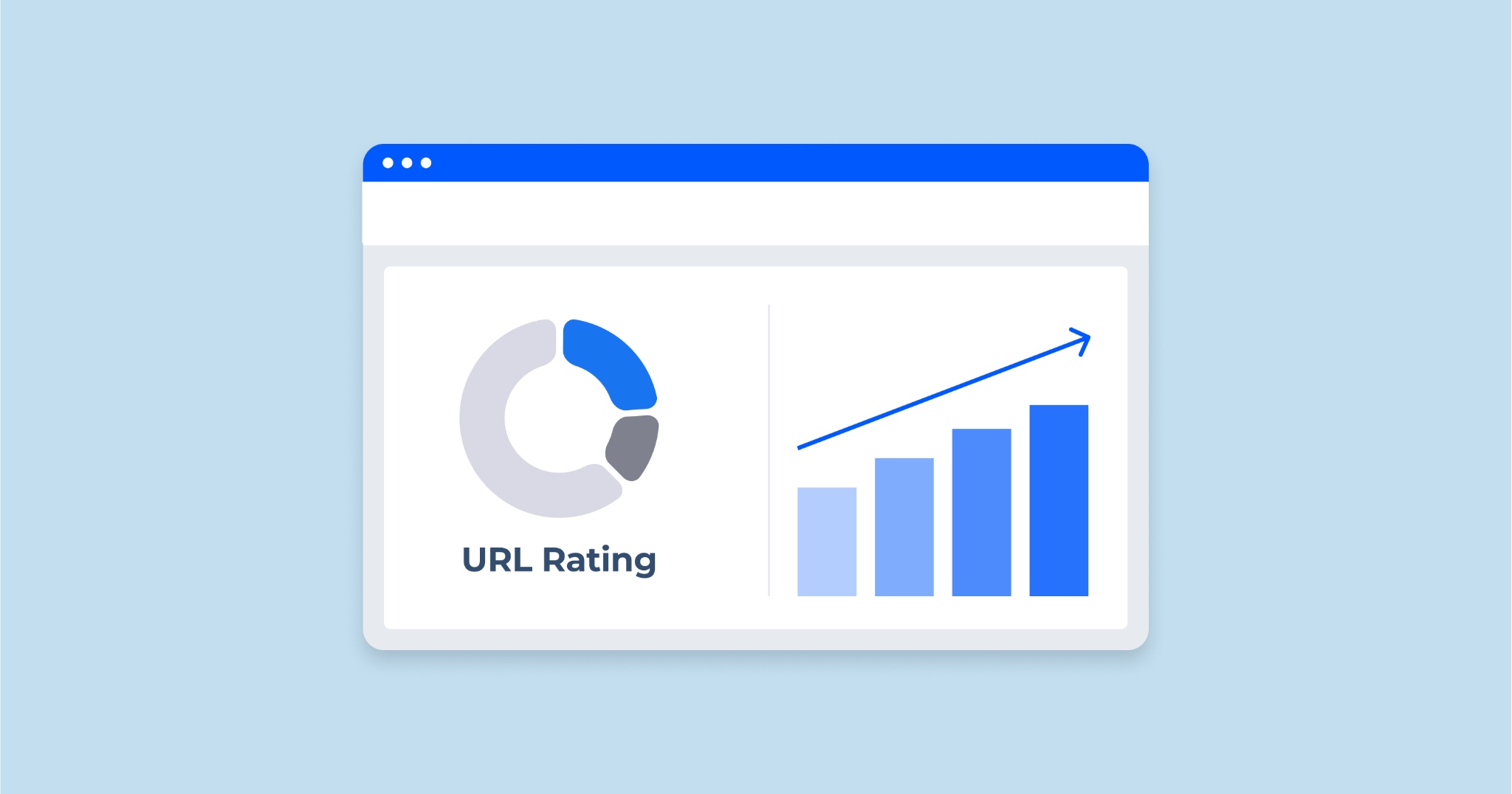
Checking a page’s UR is simple if you have Ahrefs. Here are two easy ways to do it.
Using Ahrefs’ Site Explorer Tool
Ahrefs’ Site Explorer is the main tool for deep analysis.
- Log in to Ahrefs and go to the Site Explorer tool.
- Enter the full URL of the page you want to check.
- The dashboard will immediately show you the URL Rating (UR) and Domain Rating (DR) at the top, along with the number of keywords it ranks for and its Ahrefs Rank. This tool provides valuable insights into any website’s backlink profile.
Using the Ahrefs SEO Toolbar For Quick Checks
For quick checks, the Ahrefs SEO Toolbar is great. It is a tool that works with your browser.
This tool shows you SEO numbers for any page you look at. While you surf the web, you can quickly see the UR and DR of each page. This feature helps you look at potential link targets right away. It also helps you boost your search traffic.
Actionable Strategies to Increase Your URL Rating (UR)
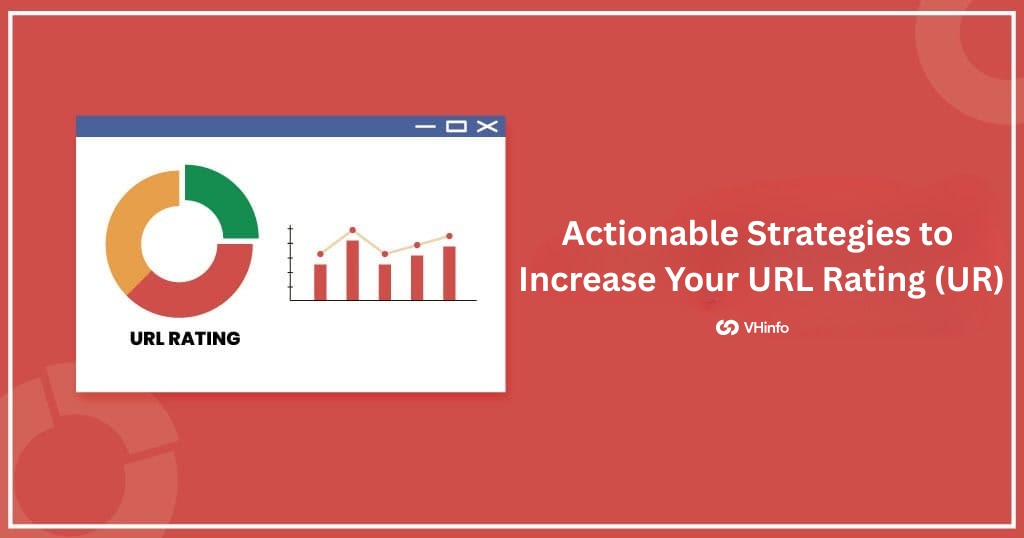
Increasing your URL Rating is all about improving your page’s backlink profile.
At VH Info, we specialize in building the authority of SaaS websites. Here are three core strategies we use.
Build High-Quality Backlinks to the Specific Page
This is the most direct way to increase UR. Your goal is to get external links from pages that are relevant to your topic and have a high UR themselves. A single link from an authoritative page can provide more value than dozens of links from weak pages.
Effective link building is the foundation of a higher ur and better Google rankings. This is a long-term process that requires consistent effort.
Optimize Your Internal Linking to Funnel “Link Juice”
Don’t forget the power of your own website. Use internal links to connect your pages.
If you have a page with a very high UR (like your homepage or a popular blog post), add links from that page to other important pages that have a lower UR. This practice helps spread link equity across your site and can give your other pages a helpful boost.
Create Link-Worthy Content Assets
Make content that people in your field will want to link to.
This can be new research, a free tool, a detailed guide, or an interesting case study. When you make something useful, other sites are more likely to mention it. This helps you get good inbound links naturally. These links boost your UR score and also bring in organic search traffic.
Why URL Rating Matters For Your SEO Strategy?
URL Rating is more than just a vanity metric. It plays a direct role in your ability to generate organic traffic and achieve your business goals.
- Assessing A Page’s Link Equity and Strength: UR is the quickest way to judge the link equity of a page. Pages with a higher UR are generally seen as more authoritative by search engines and have a better chance of ranking well. There is often a clear positive correlation between a page’s UR and its position in the search results.
- Evaluating Potential Link Building Targets: When you are looking for websites to get links from, UR is a critical metric. You want to get links from pages that have a strong URL Rating themselves. A link from a high-UR page will pass more authority to your page, making your link-building efforts much more effective.
- A Word of Caution: Correlation Is Not Causation With Rankings: While a higher ur often correlates with better rankings, it is not a guarantee. Google uses hundreds of ranking factors. A page with a lower UR can outrank a page with a higher UR if it has better content, a better user experience, or is more relevant to the search query. UR is a powerful guide, but it is just one piece of the larger SEO puzzle.
Conclusion
The UR scale in Ahrefs is a fundamental metric for anyone serious about improving their SEO performance. It gives you a clear score for a specific page’s authority based on the quality of backlinks it has earned.
To enhance your UR, concentrate on developing a robust backlink profile through effective link building and strategic internal linking.
A higher URL Rating tells search engines that your page is useful. This can help your page rank better and get more traffic from searches. If you run a SaaS company, you want to boost your page’s power. You also want real results from your SEO work.
VH Info can assist you with this. We create quality links that raise your URL Rating and support your growth.
